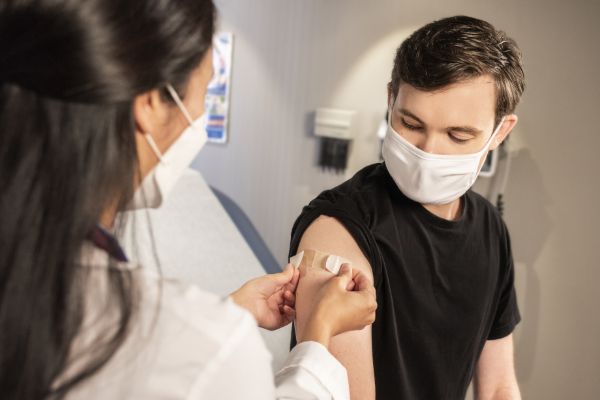Columbus, Ohio – A new study indicated that out-of-hospital medication errors among United States children have increased over ten years.
Maxwell D. Smith and his colleagues from the Nationwide Children’s Hospital analyzed the National Poison Data System’s data, determining that out-of-hospital medication errors and unintentional therapeutic pharmaceutical errors have increased among children in the country, between 2002 and 2012.
Throughout the study period, there were 696,937 reported cases of out-of-hospital medication errors from US poison control centers, exposing 6-year old children and younger, which also yielded an average of 63,358 per year.
Medications from urgent care clinics, emergency departments, hospitals, and other health facilities are more accurate, compared to drug stores, pharmacies, and other out-of-hospital establishments. Medications are used as urgent care and treatment for varied illnesses, thus, errors have no room, especially for young patients.
The study showed that 25.2% of the errors was accounted for analgesics, 15% for antihistamines, 11.8% of antimicrobial agents, and 24.6% of cold and cough preparations. The researchers said 94% of overall exposures involved single-substance, while 6.1% involved a two-substance exposure.
The reported incidents of medication errors reached its peak throughout the winter season, an indication that such trend has been influenced by seasonal variations significantly. The researchers also said asthma therapies, antimicrobial agents, analgesics, hormones, and eye, ear, nose, and throat preparations had similar seasonal patterns.
There were approximately 25.5% of out-of-hospital medication errors exposures occurred among 1-year children and younger, while 9.7% of the exposures occurred in 5-year old kids. The exposures were basically due to self-administration by parents, giving their children an urgent care near me relief of varied health conditions.
Additionally, the majority of medication error exposures were due to liquid formulations, which accounted to a rate of 81.9%, and 14.9% for capsules, caplets, and tablets. According to researchers, nearly 91.7% of the errors involved liquid formulations for children younger than one, compared to the 63.1% among 5-year olds.
As a sort of an urgent care clinic, parents administer such medications to their children, giving them medication twice, but was reported to be the most common reason for errors. Other errors also involve confusion in units measure, an incorrect dose, and wrong medication given or taken. The most common reason for errors had a noticeable decrease over time, while the other reasons had increased cases.
Researchers also found that cold and non-cough medication errors increased from 37.2% in 2002, and 42.9% in 2012. The researchers emphasized that increased efforts are necessary in preventing cold and non-cough medication errors, and other out-of-hospital medication errors among children.
